APPLICATION EXAMPLE: Chromotography Packing Materials
The challenge
High Performance Liquid Chromatography is a separation technique used in analytical chemistry to separate, identify, and qualify various compounds in a solution. Most traditional analytical HPLC packing materials have an average diameter of approximately 2 to 30 microns. The particle size of the packing material is usually measured using methods that assume all particles are uniformly spherical. This may not be the case; fines and irregular shaped particles can be a percentage of the final product. As particle size decreases, the effect of fines and irregular shaped particles demands a greater degree of control on incoming quality of the silica material. Variation in particle shape can directly affect reproducible performance. What is needed is a way to quantify the fines and non-spherical particles.
| Applicable measures |
Measure
|
Range of acceptance
3 - 100 microns 3 - 100 microns 1.0 - 30 .0 |
Typical thumbnail page
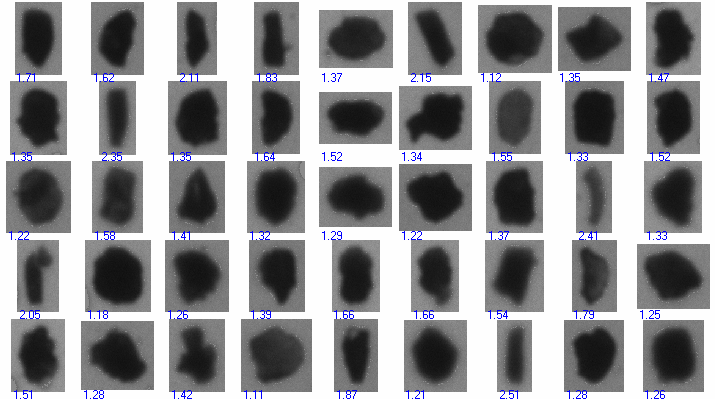
Random thumbnail images of the alumina sample from the 10,000 captured in just over one minute. The value under each thumbnail represents the Feret Aspect Ratio of the particle.
Procedures and Results
Proper sampling of the incoming materials was made to ensure a homogeneous sub-sample. The sample
was then suspended in water and analyzed.
After analysis and a review of all particle thumbnail images, it was evident that this
alumina sample had two distinct shape populations. One was rod-shape and the other had an
aspect ratio near unity, but the particles were not round. Had the sample been analyzed using a
sizing technique that assumes all particles to be spherical, these rod-like and irregular particles would not be differentiated.
In developing a method for this sample, particles with an aspect ratio greater than 1.9 were
considered to be rod-like and more likely to negatively impact the packing efficiency of the
column. This aspect ratio value threshold was derived from sample lots that did and did not
exhibit the problems previously described.
As shown in the histogram and statistical data, the percentage of rod-like particles in this
column packing material was 15.90% of the total distribution which, compared to the
historical lot of good material, proved to be excessive for the particular column application.
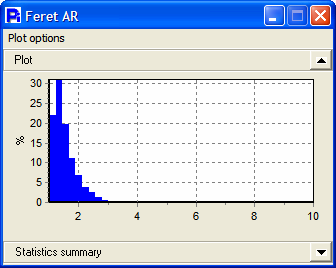
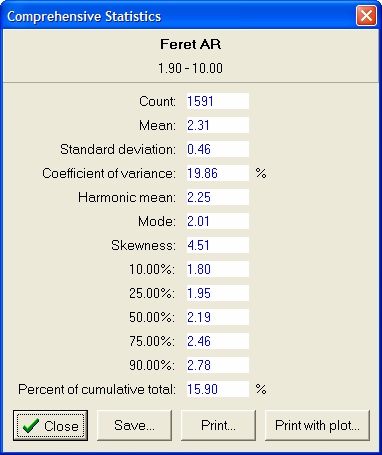
A review of the thumbnails for only those particles that have a Feret Aspect Ratio greater than 1.9 gives a better perspective on what these
particles actually look like.
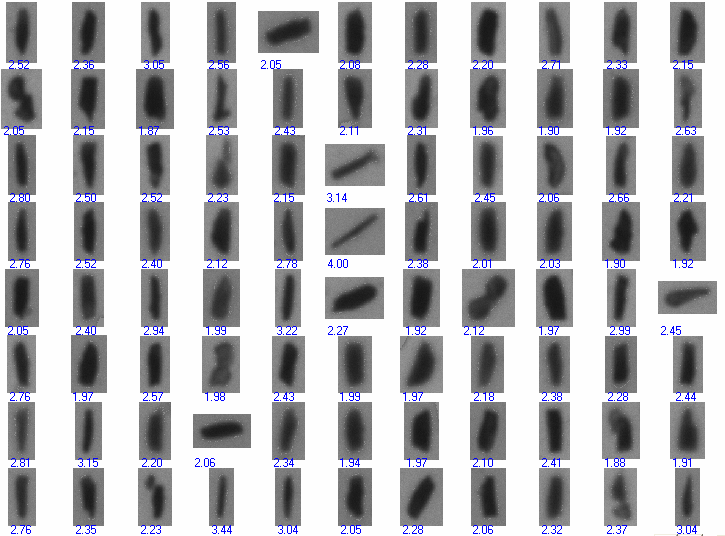
With a method established to determine that the Feret Aspect Ratio of incoming alumina packing material had no more than 10% rod-like
particles, the end-user was able to create a simple process control indicator with the Particle Insight.
Using the Percentile Statistics feature, incoming quality control can determine easily and quickly if a lot of material passes or fails the criteria
established by management.
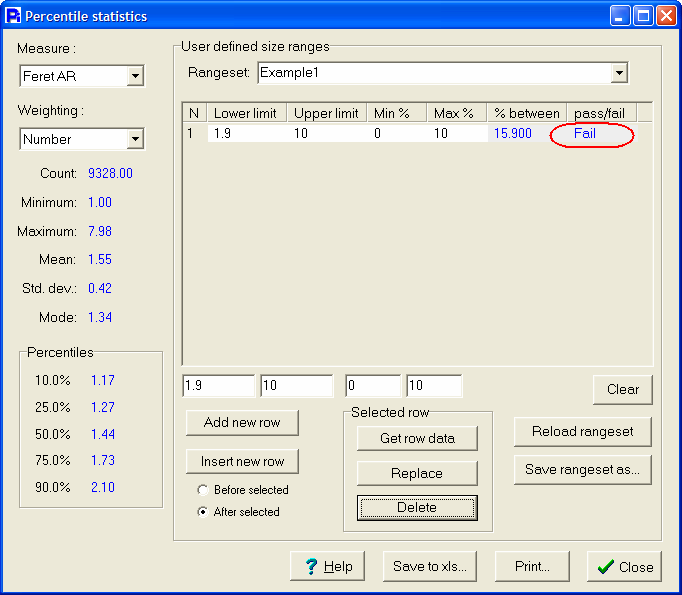
Conclusions
The Particle Insight with its Dynamic Image Analysis technique can help reduce costs by finding HPLC packing material inconsistencies
prior to reaching column manufacturing. The manufacturer is still responsible for determining the acceptable percentage of non-spherical
particles for incoming materials. Once the manufacturer establishes incoming quality control criteria, the Particle Insight can be used
as a pass/fail inspection tool to determine the percentage of spherical to non-spherical particles. Solving this potential problem early in
the process improves production and helps to ensure consistent HPLC column quality and performance.
